Six Unexpected Things You Should Be Doing With a Blowtorch
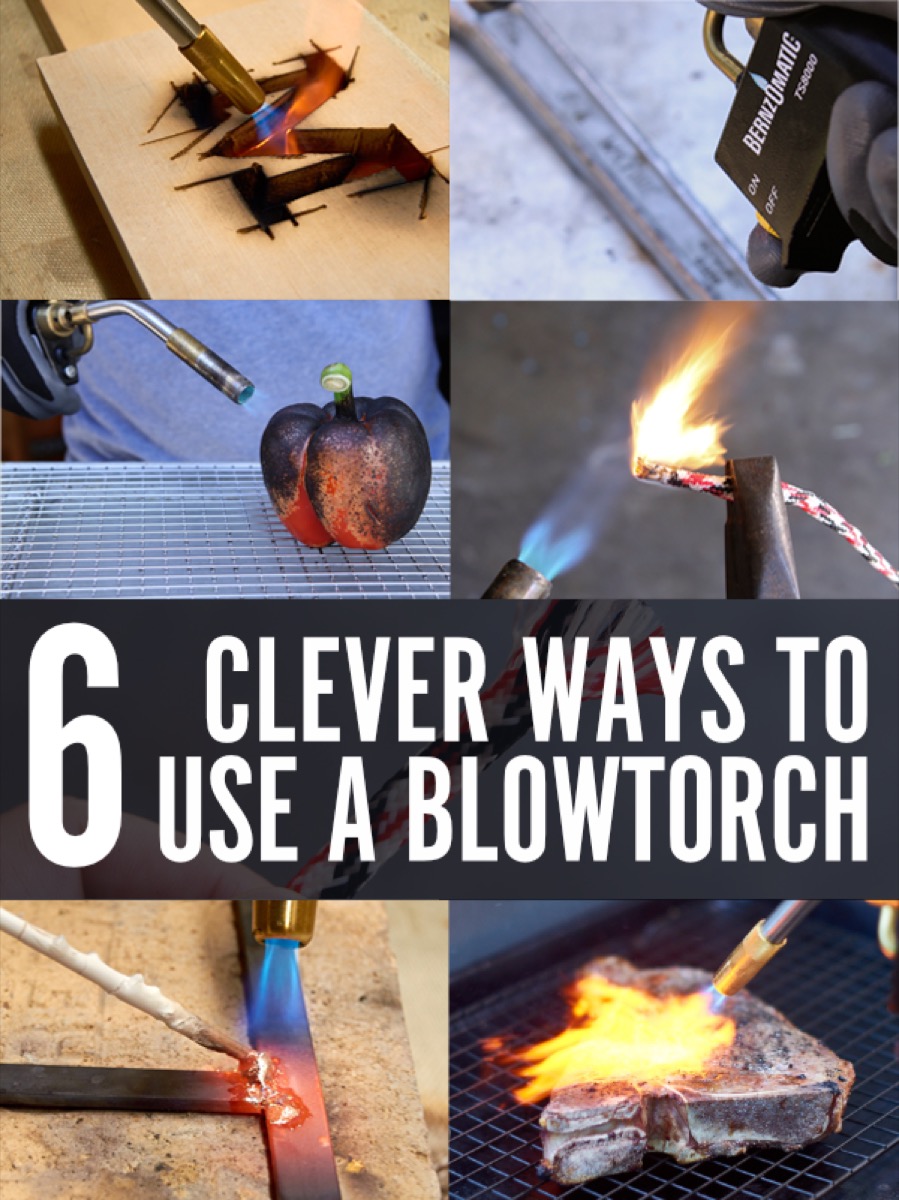
If you haven't depressed the trigger on a blowtorch and heard the momentary hiss of the gas releasing, followed by the low whoosh of the flame catching, well, my friend, I recommend you try it. There must be some caveman-brain connection with fire that takes place, or maybe it's the six-year-old in me. But either way, the first time I grabbed a blow torch and clicked it on, I was hooked.
Fortunately, it's also a ridiculous useful tool to have around the shop! It's one of those tools that you don't know you need until the occasion presents itself, but trust me, once you own one, you'll have plenty of occasions to use it. Here are just a few of the ways a blowtorch can make itself useful:
Blowtorches make fire. Fire is hot. Please wear proper safety gear whenever you're working with a blowtorch (gloves, goggles) and keep a fire extinguisher handy. A welding blanket is nice too (it gives you a safe, fire retardant surface to work on).
1. Fix the frayed ends of a nylon rope


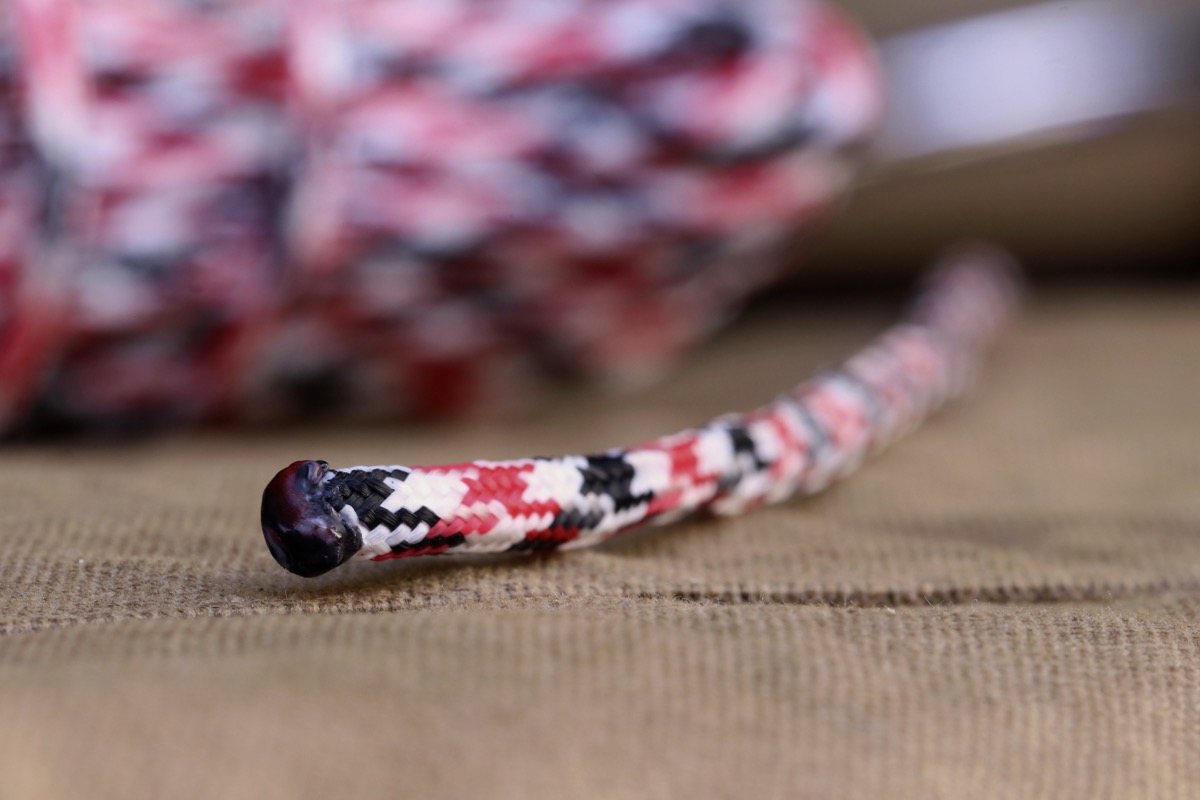
Every time you cut a nylon rope, you leave the frayed ends exposed, weakening the weave and just generally being annoying. Solve that, fast, with a quick pass under the blowtorch.
2. Finish a delicious steak with a perfect sear
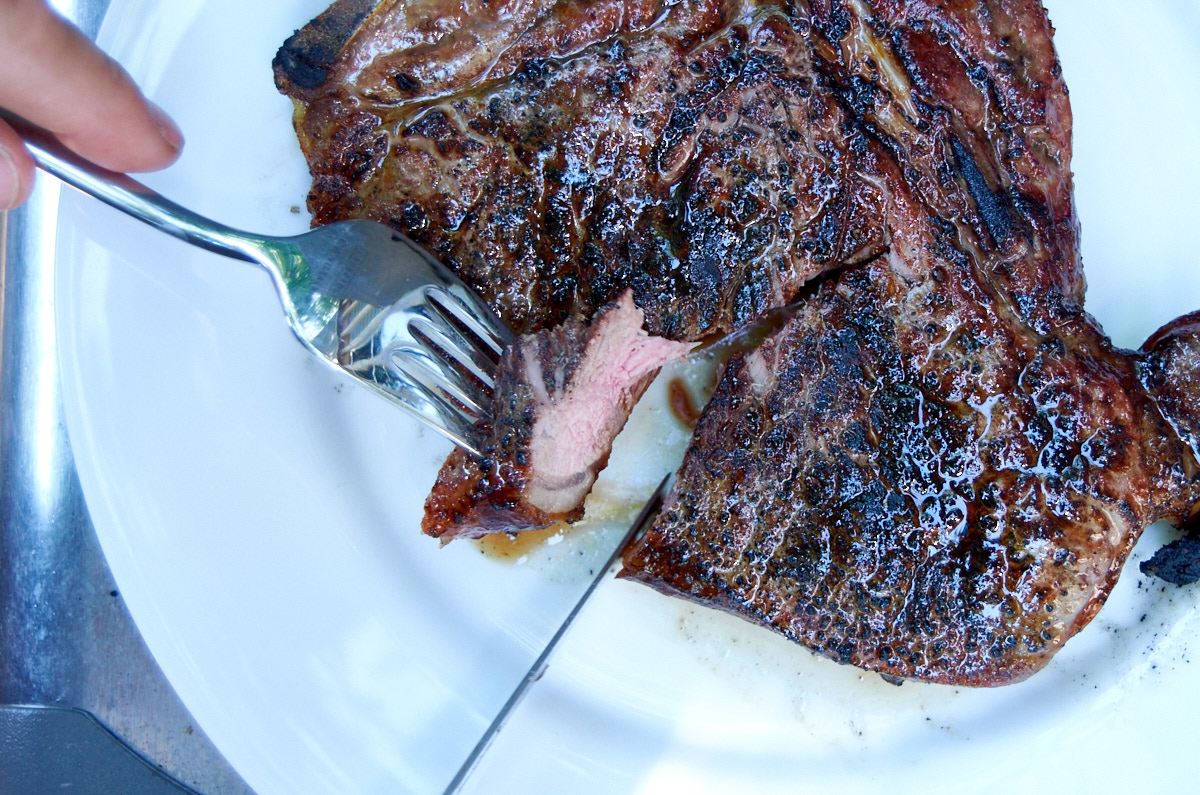
Cooking a steak is all about balancing a flavorful crust with bringing the center of the meat to the perfect temperature. If your thermometer is telling you you're nearing a medium rare, but the outside hasn't browned enough, employ the blowtorch. Simply turn it to medium high, and hold the flame about 6″ away. Keep it moving constantly so you brown, not burn.
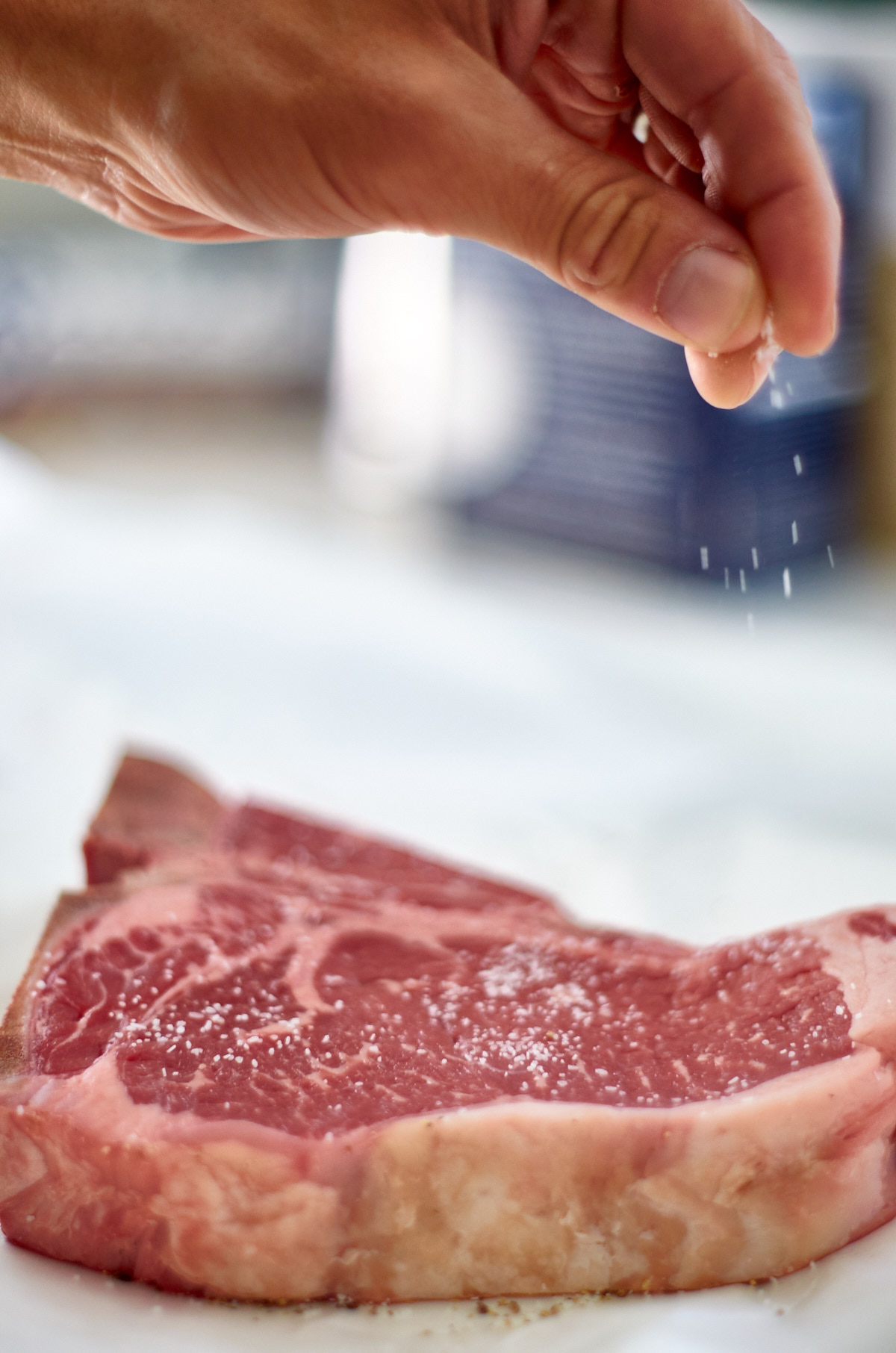
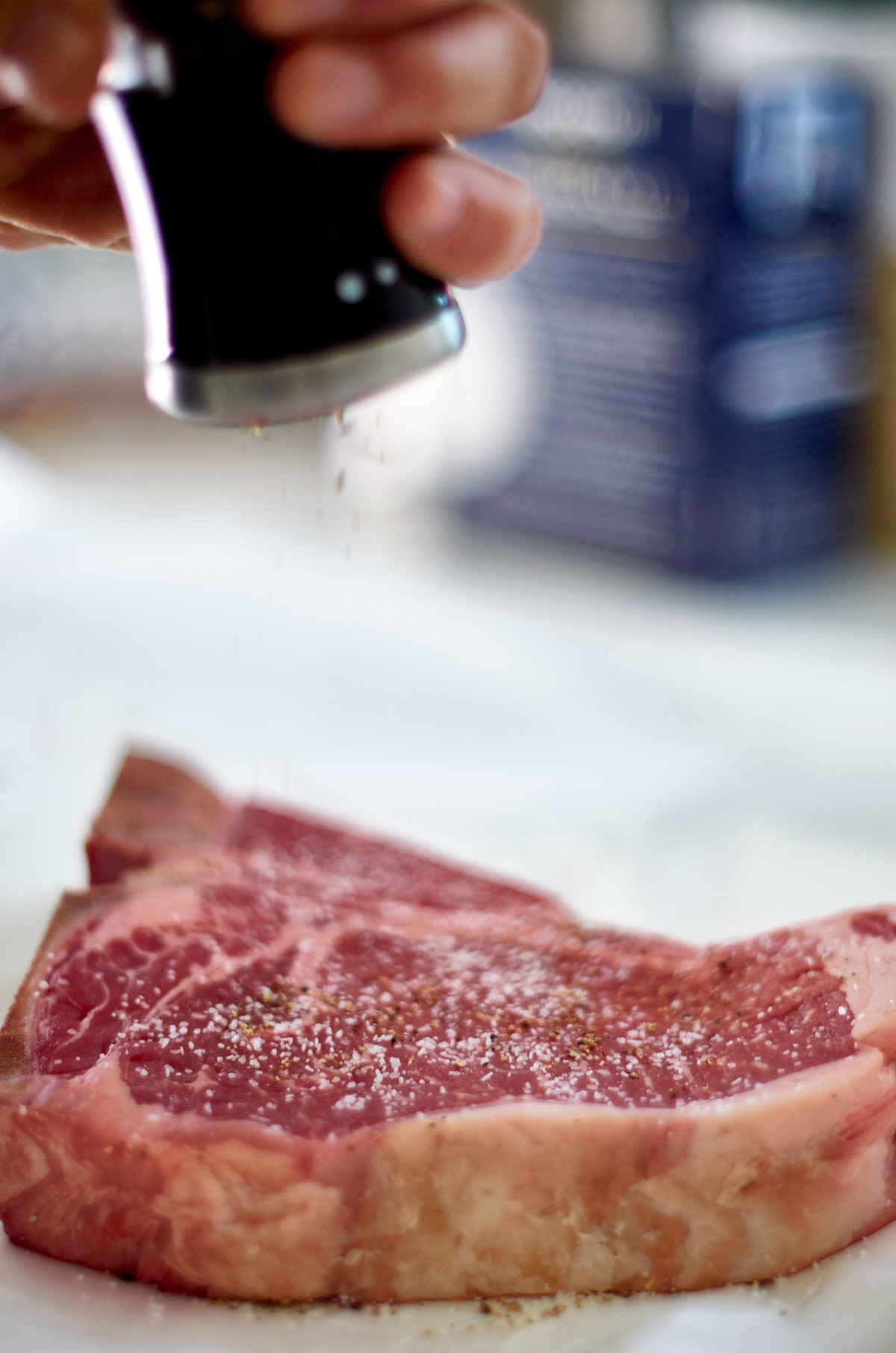
Salt. Pepper. Fire. And suddenly everyone thinks you're a genius.
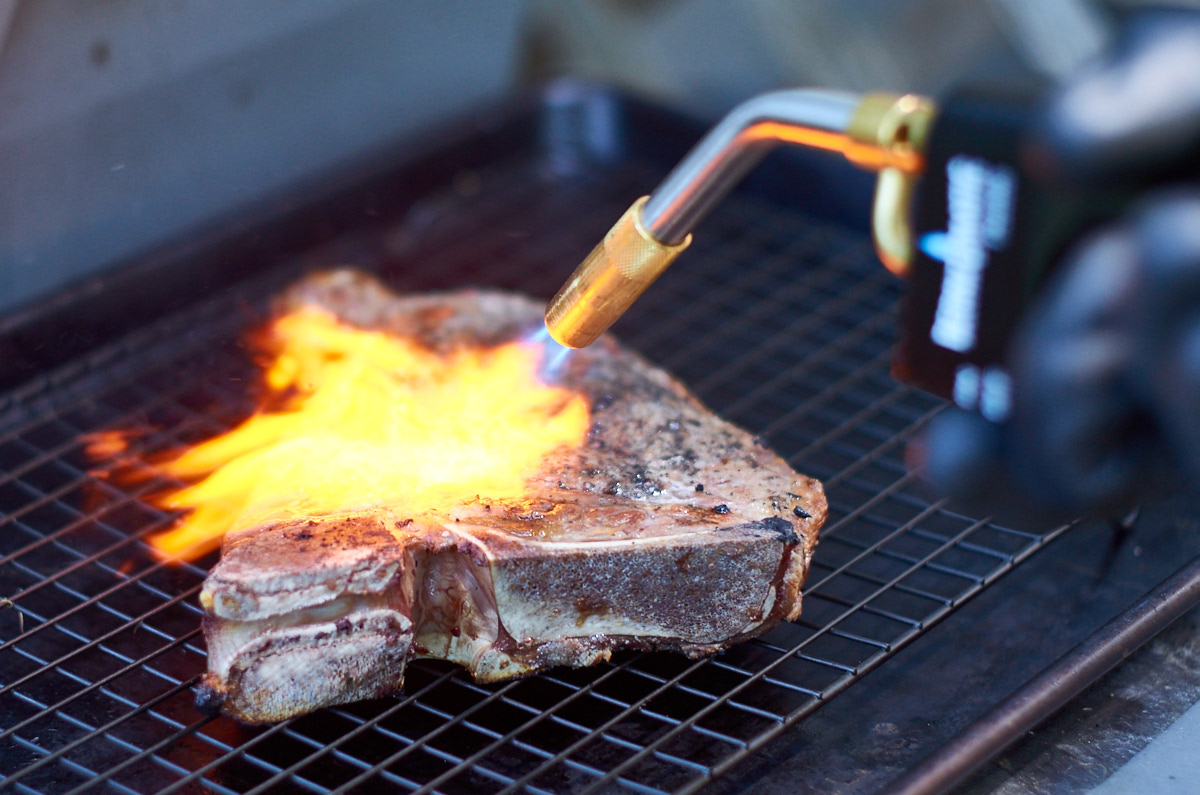
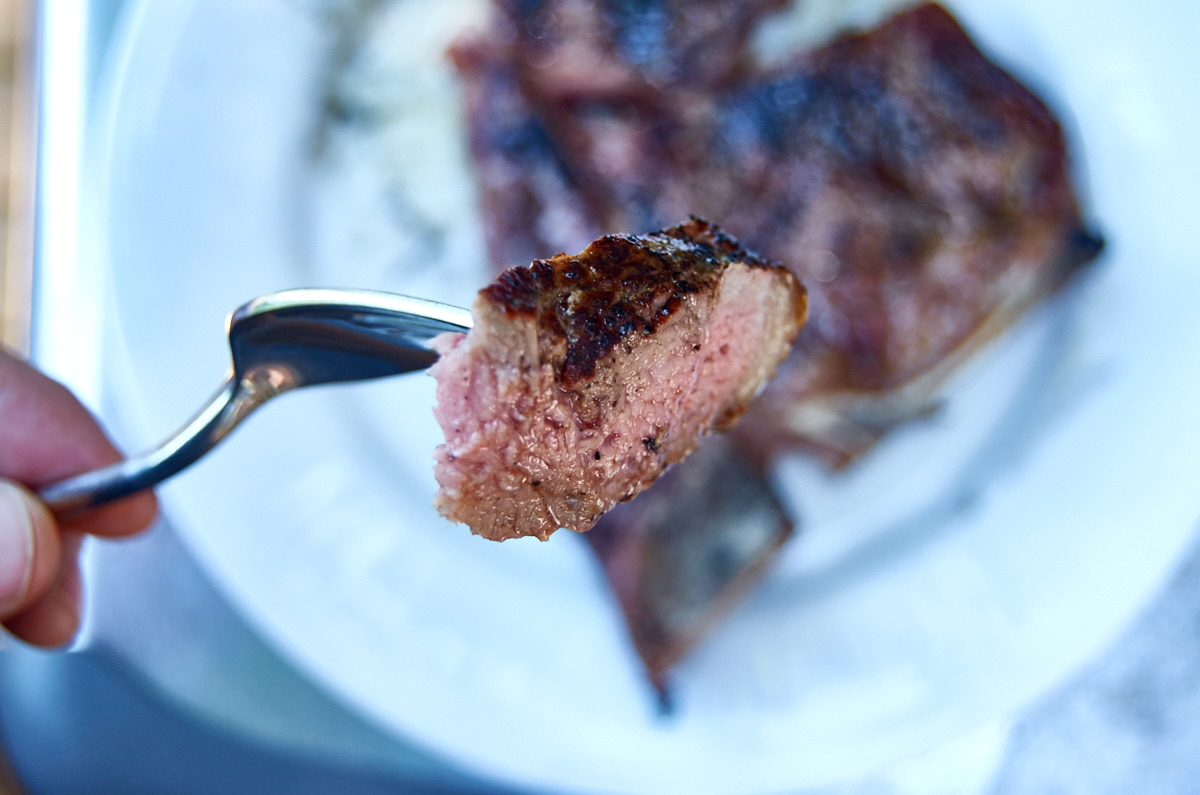
3. Clean up your metal tools
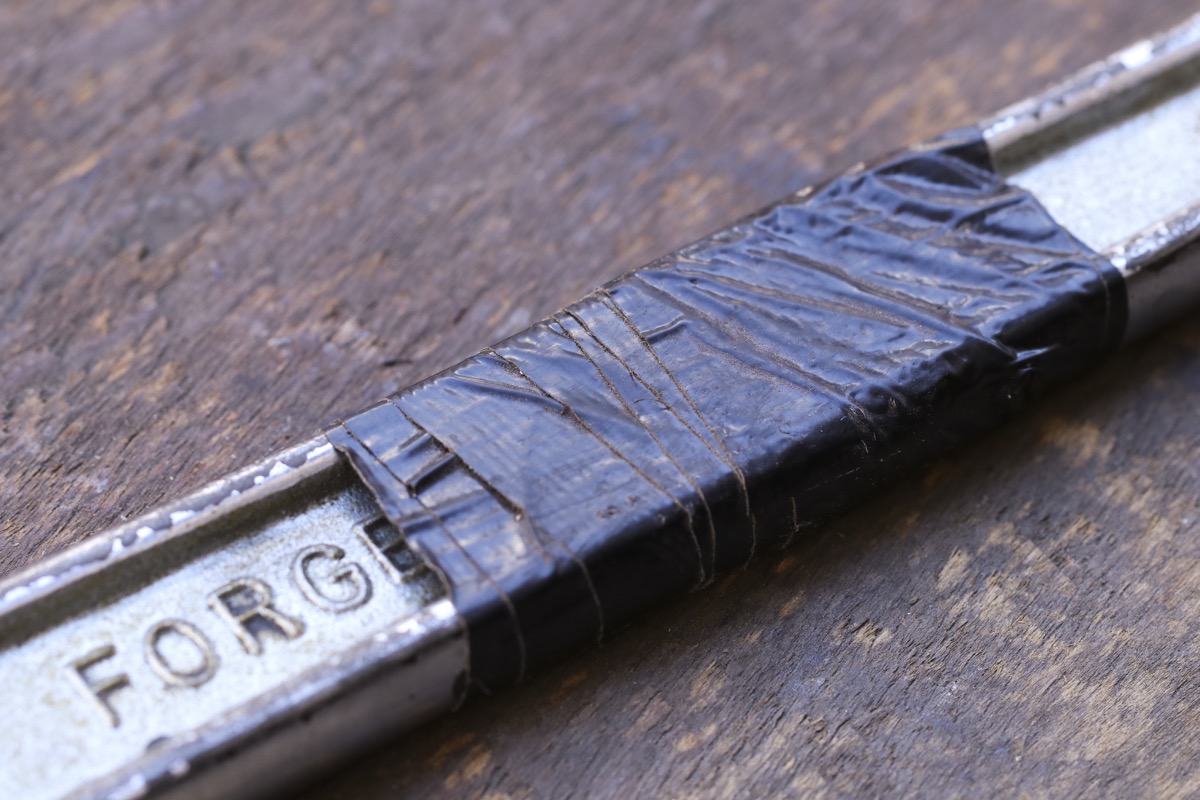
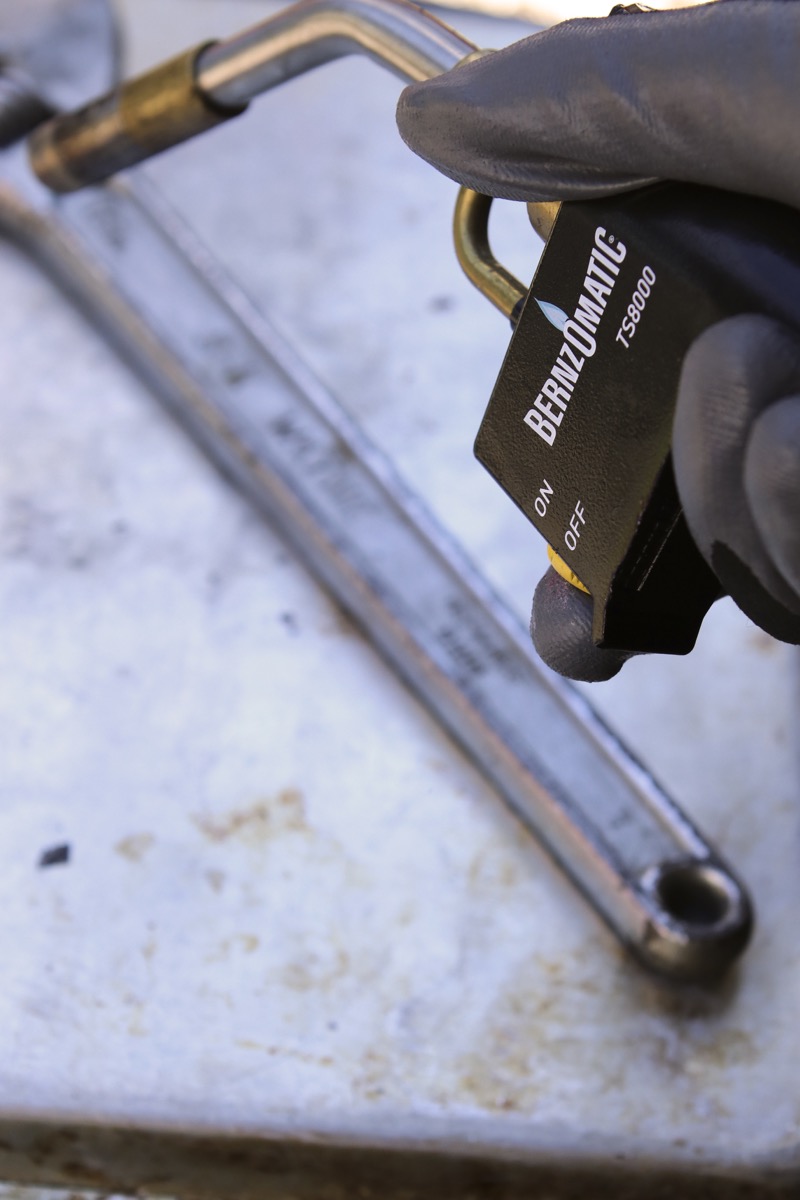
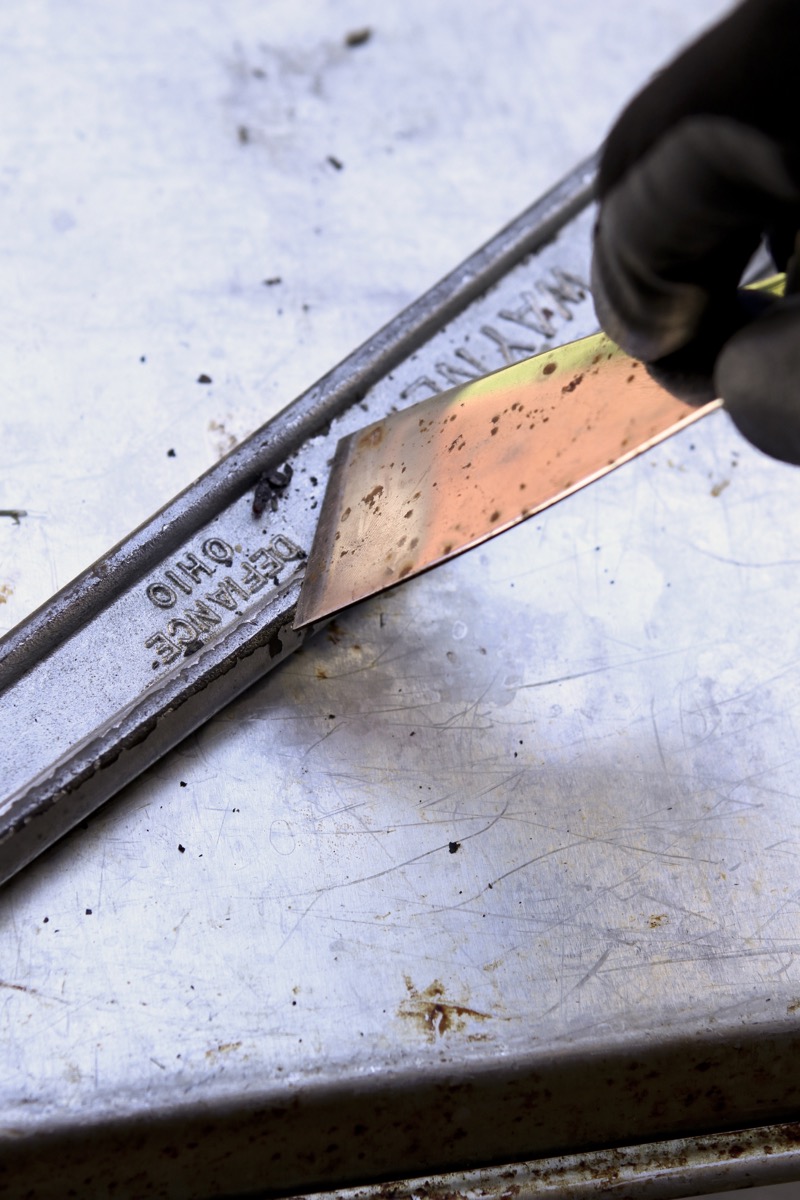
Sticky adhesive residues, old paint, caked on mud or spackle. All of that stuff is easy to burn right off (just make sure you have a fire extinguisher handy, and work in a well-ventilated area). Keep the flame on low, and don't get too close. You simply want to heat the grime, not warm up the steel itself.
4. Char-stencil wood

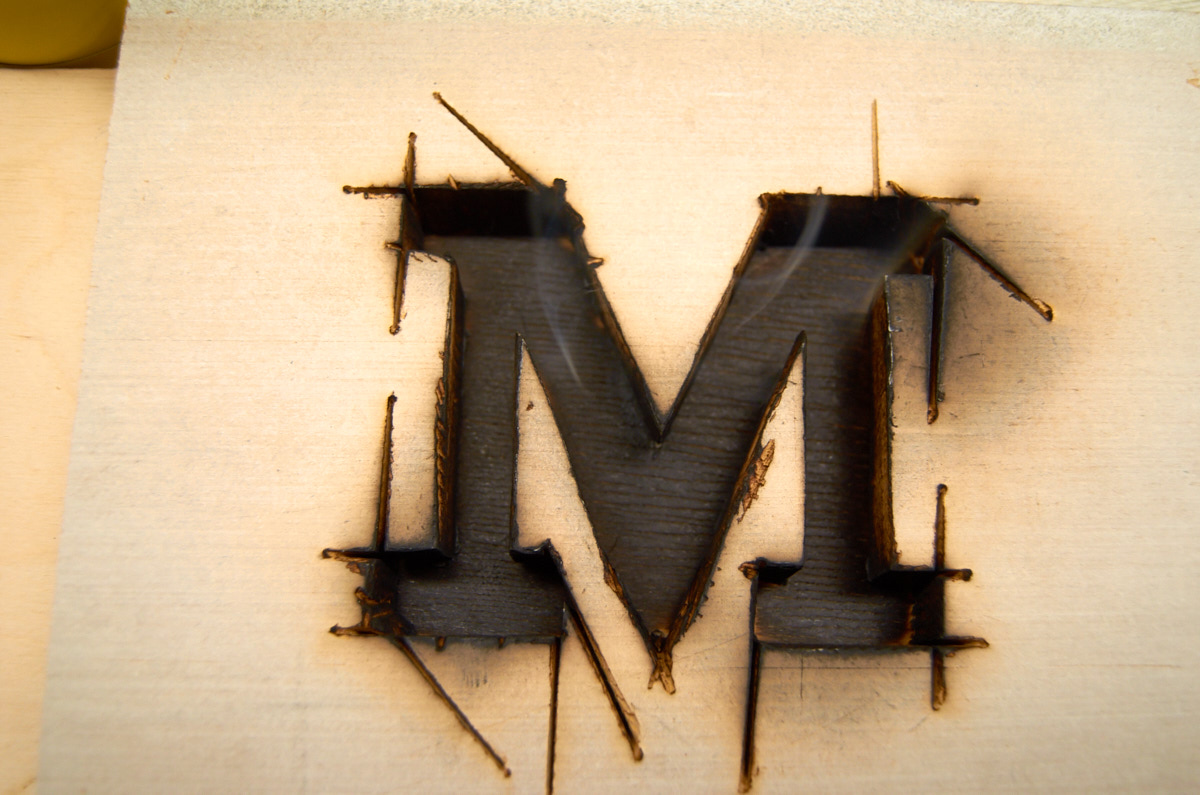
I cut a simple template of the ManMade 'M' logo into a piece of MDF, and then laid it over a scrap of plywood. With a little heat applies via my favorite blowtorch, it's not hard to leave your mark (whether that's for purely decorative purposes, or any other reason).
5. Braze metal (repair iron, brass, copper, etc.)
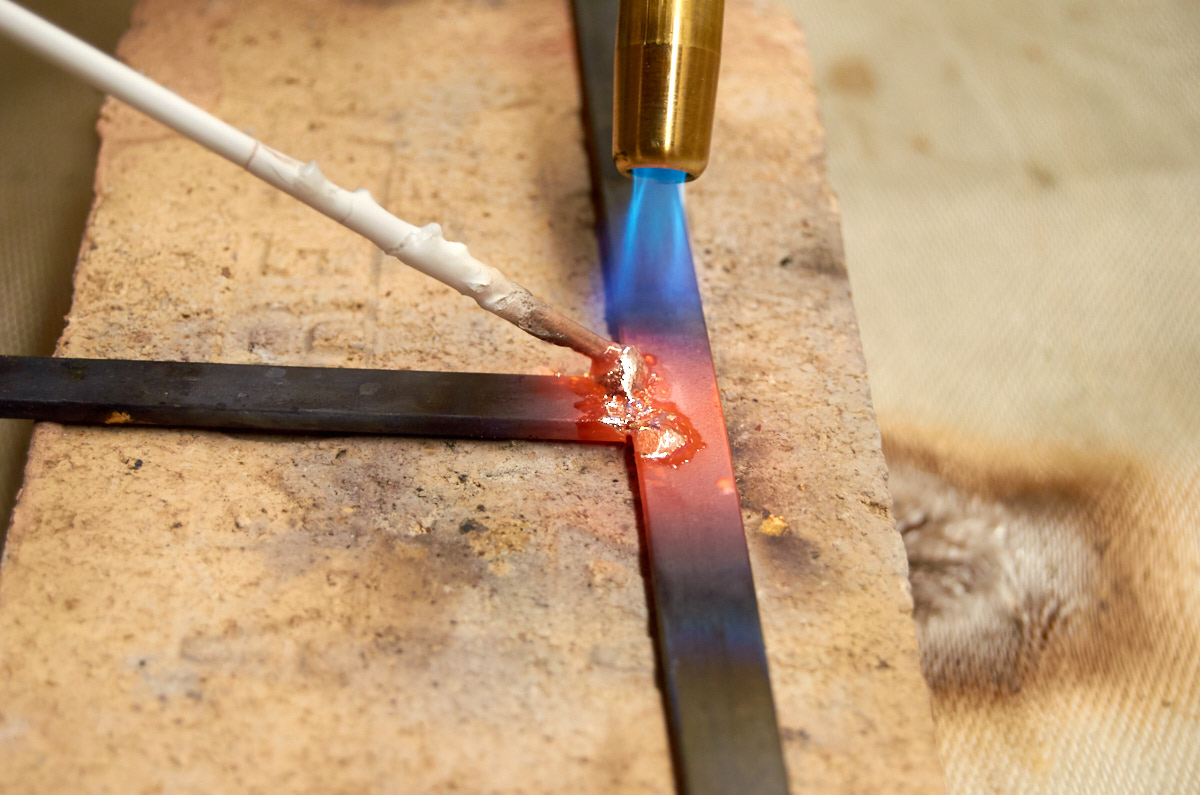
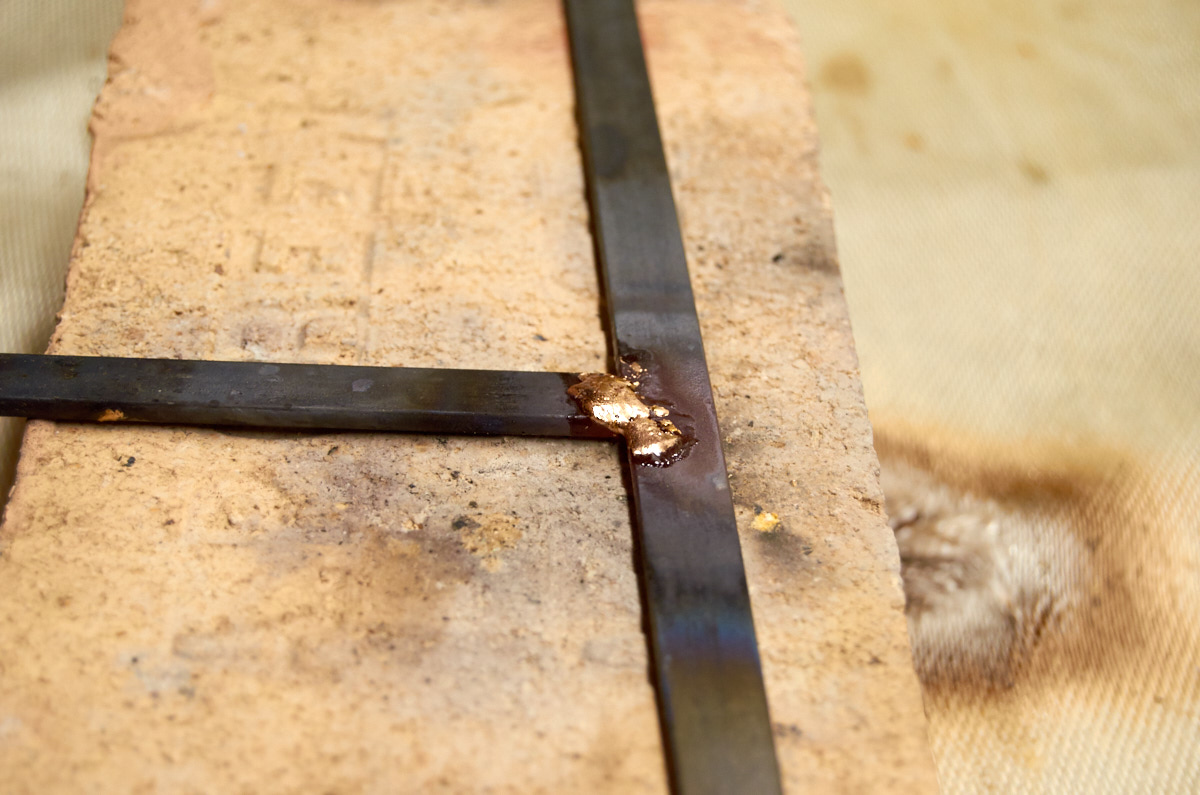
Usually, when something made of metal breaks, my first though is, “Well, that's it. Straight to the scrap heap.” Not anymore! Small metal repairs aren't too hard (once you get the hang of it), using a blowtorch and brazing rods. You can get brazing rods at most hardware stores (make sure to get the right type for the kind of metal you're working on). Then you just apply heat until the rod melts and flows into the joint. As you can see from my attempt above, I'm no expert, but I think with a little practice I could get these joints looking much cleaner. Ugly as mine were, they're still quite strong.
6. Char Peppers & Tomatoes to Remove Skin Easily
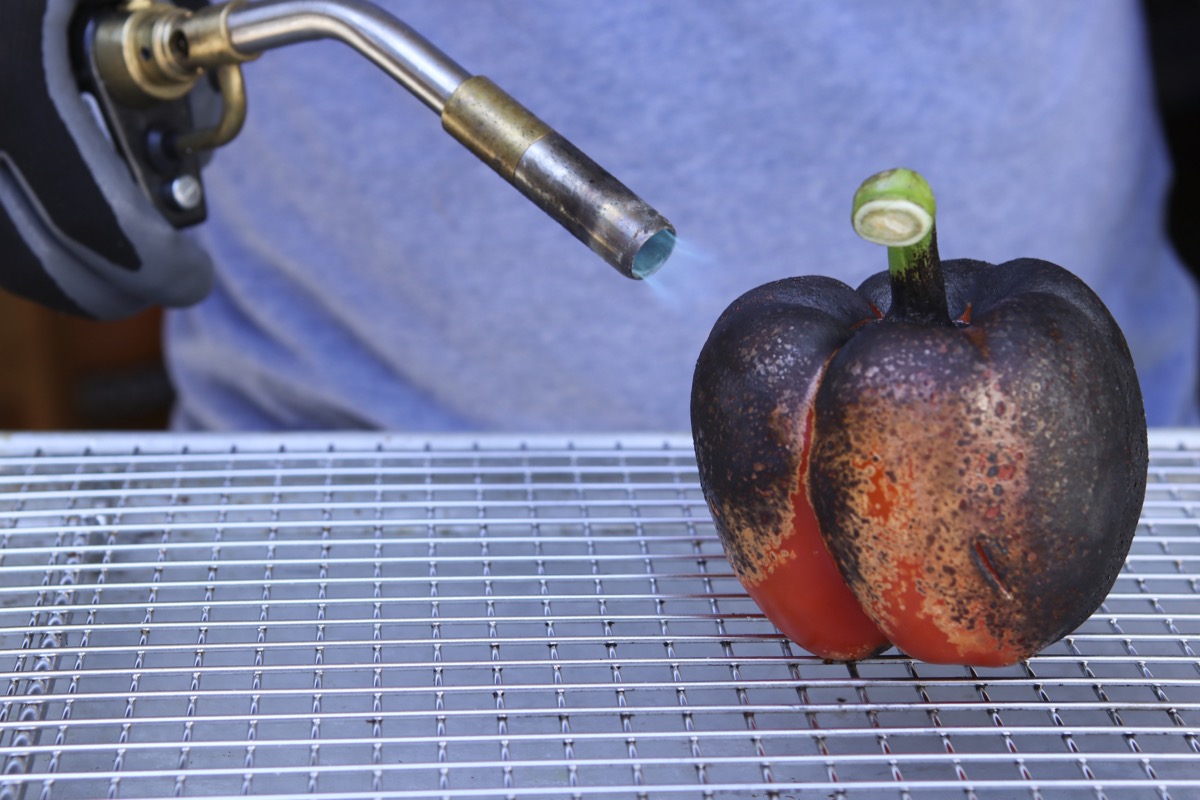
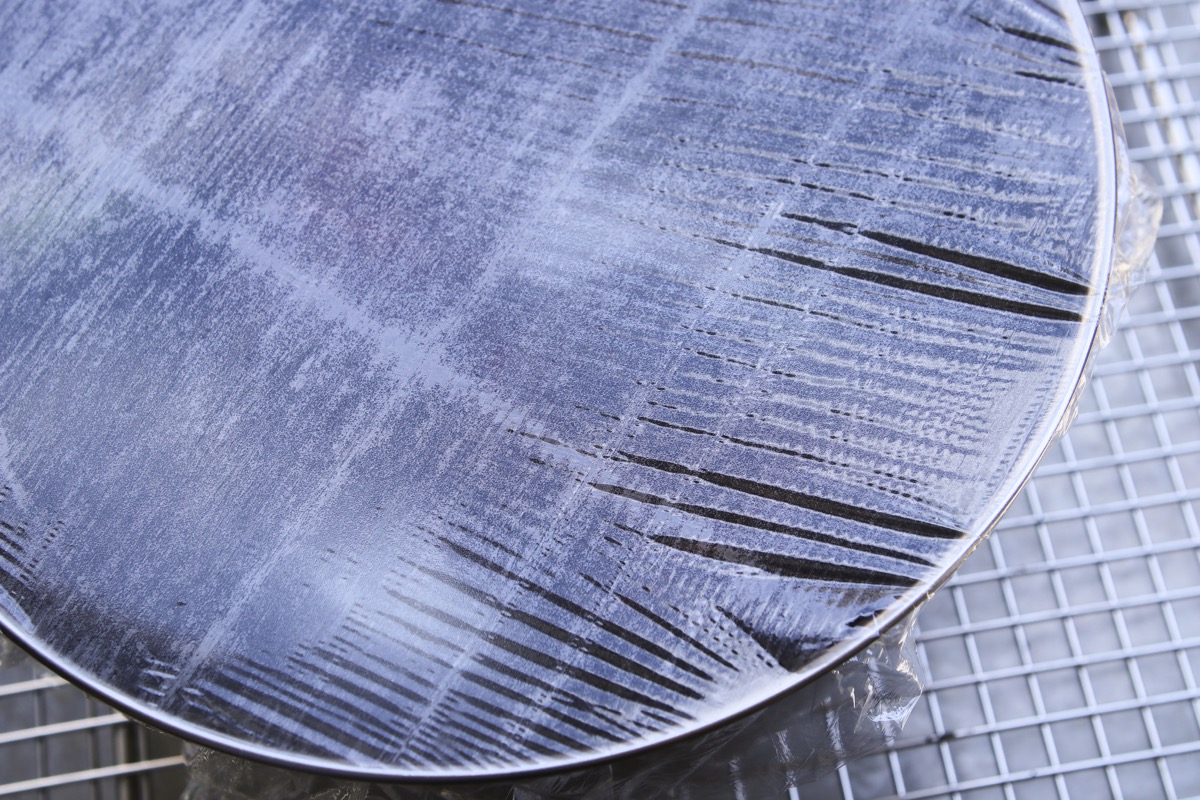
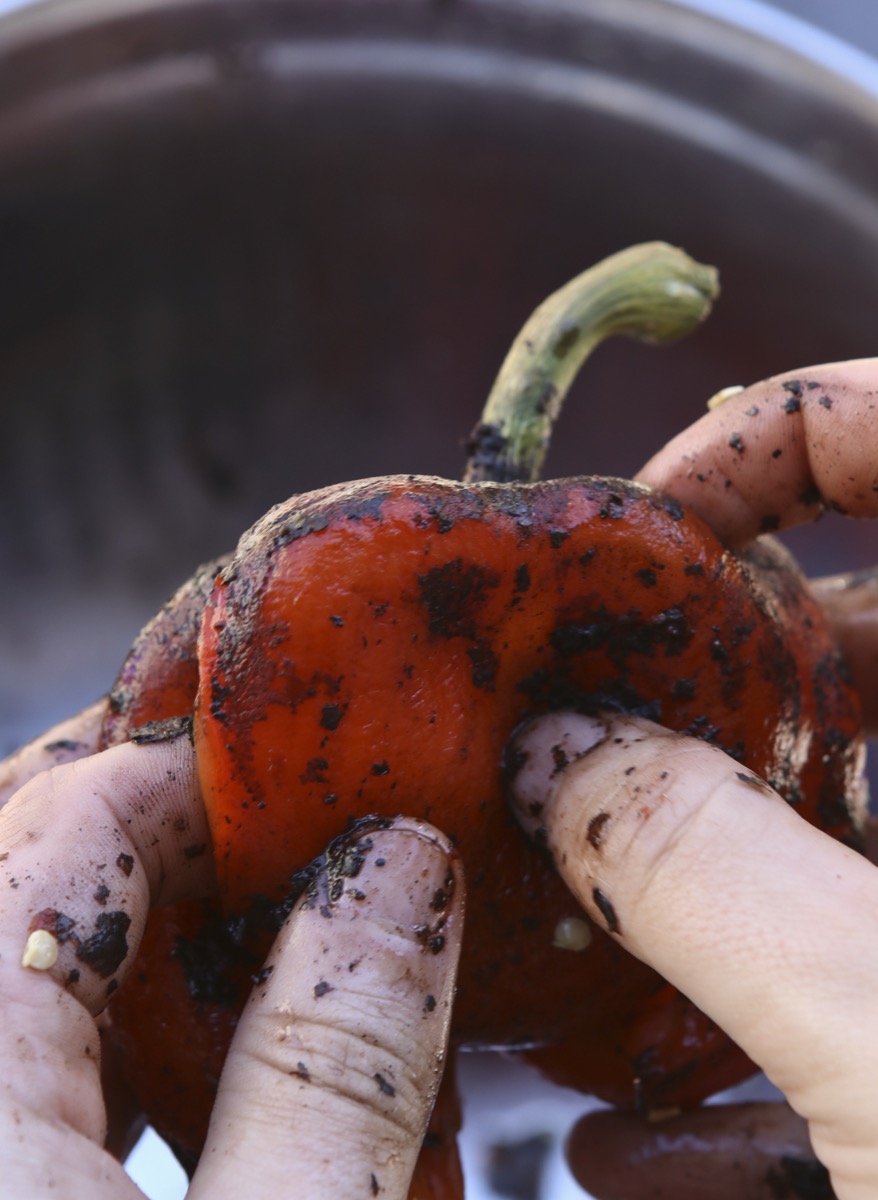
Peppers should be a whole food group, by themselves. If you get into cooking with them, eventually you'll run across a recipe that has you char the pepper on the grill, and then remove the skin. Here's an easier way: just place the vegetable on a flame-proof roasting sheet and hit it with your blowtorch until the skin is blackened. Then, let it sit in a covered container for a few minutes, after which the skin should slide right off.
This post is sponsored by Bernzomatic, but all opinions are mine alone. Thanks for supporting the brands that make ManMade possible.
